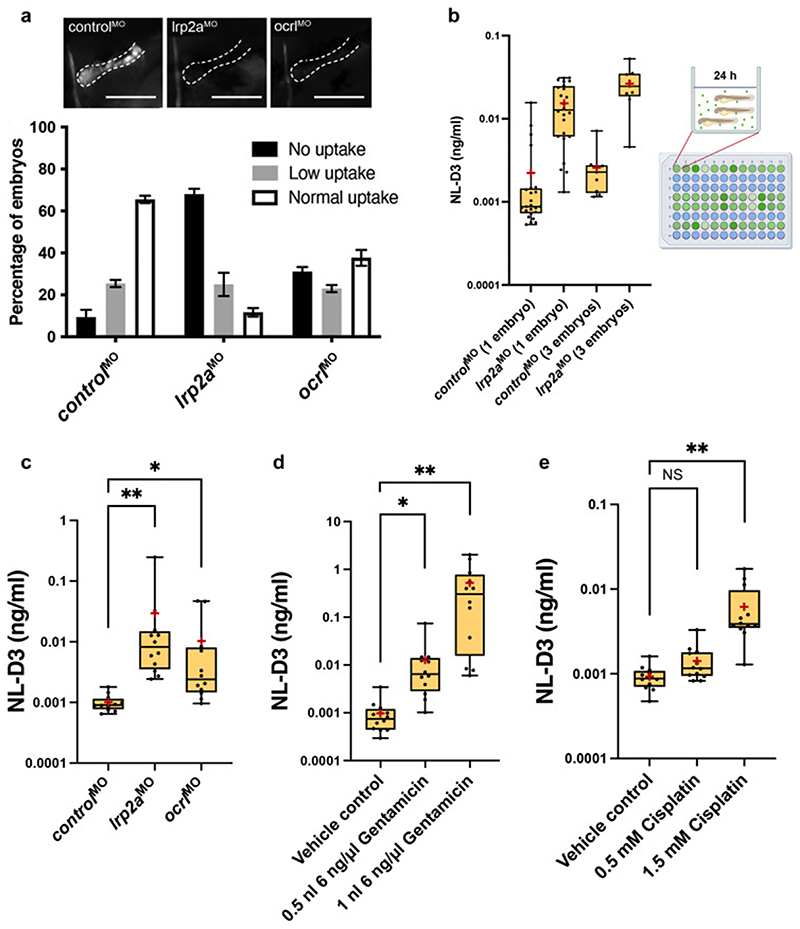Figure 2. NL-D3 zebrafish can be used to assay proximal tubule dysfunction.
A) Above panels show close-up lateral views of pronephric proximal tubules after indicated treatments and 1-2 hours post dextran injection. Scale bars = 100 μm. Below bar chart showing the level of uptake of a 10 kDa fluorescent dextran in control (n=40), lrp2a (n=39), and ocrl (n=42) morphant zebrafish embryos B) Box and whisker plot showing NL-D3 levels detected in controls and lrp2amorphants incubated as one embryo per well (n=24) or 3 embryos per well (n=9). Schematic showing the experimental setup for the NL-D3 zebrafish embryos, each 96-well plate was assessed for luminescence on a luminometer. C) Box and whisker plot showing the amount of NL-D3 detected in the embryo medium in control (n=12), lrp2a (n=12) and ocrl (n=12) morphants. D) Box and whisker plot showing the amount of NL-D3 detected in the embryo medium in vehicle control (DMSO) and two volumes of injected gentamicin (n=12 for each assay). E) Box and whisker plot showing the amount of NL-D3 detected in the embryo medium in control and two concentrations of cisplatin (n=12 for each assay). For box and whisker plots in B)-E), median is shown as a line and mean is shown as a red cross-hair.

